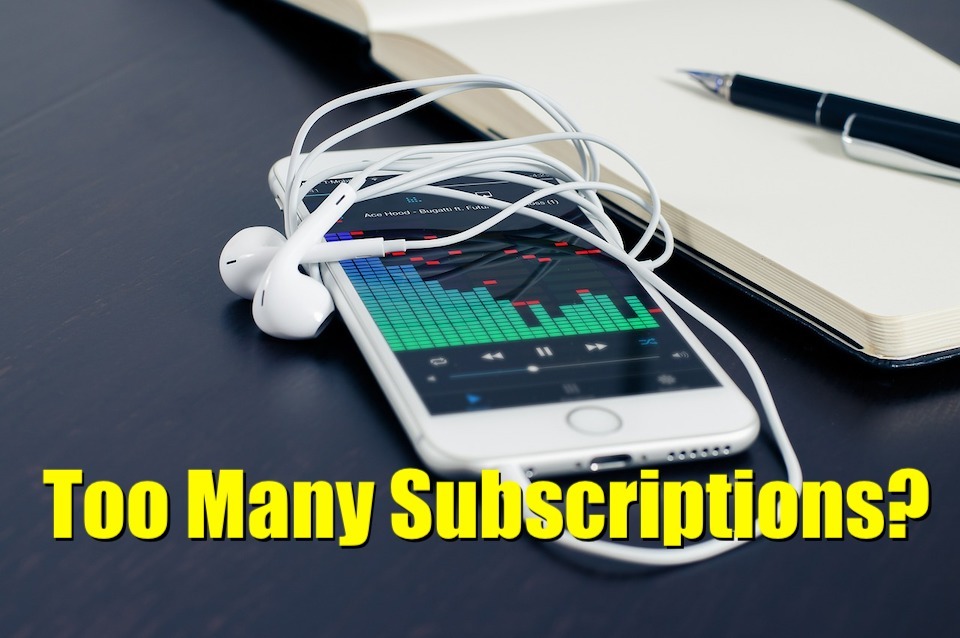People Are Really Getting Upset With Streaming Subscriptions

It’s a pretty fair statement to say that we all hate our cable company, so much so that many of us have already cut the cord and gone with one of the various online streaming options. The problem is that the video streaming services available to us may be leading us back to the thing we hated most about cable – a sky-high bill with options that we don’t use but still have to pay for.
Cable TV users have long railed against the fact that they have to pay for channels that they don’t use. If you’re not a sports fan, for instance, then why are you being charged the $10 per month or so for the various ESPN networks? Enter cord cutting, and now we can get only the content we want from either Netflix, Hulu, Amazon Prime Video, HBO, CBS All Access, Showtime or YouTube Premium. Even more services will be introduced soon as well, with Apple, Disney, WarnerMedia, NBCUniversal about to launch new platforms.
But you can’t really get everything that you want from just one platform as it turns out. All of the above-mentioned networks create their own original content which isn’t available on any other service, which means that you may end up subscribing to more than one platform and you’re back where you started in terms of what you pay per month.
The average U.S. consumer now subscribes to three video streaming services, while 43% subscribe to both pay TV and streaming services, according to a . That means that there’s a lot of content that you have access to but probably don’t care about. And we’re back to where we started there too. If that’s you, then you have what the media is beginning to call “subscription fatigue.”
When it comes to music, things are a bit more straight forward. The vast majority of music streaming services have essentially the same content in their catalogs and are priced the same, so the preference comes down to which one you either start with (since most consumers don’t like to switch after their initial choice has been made), or the one you find easiest to use.
If the streaming services had their way, they’d have exclusive content too, but so far Spotify, Apple Music, and Tidal have tried that model and it hasn’t worked. That said, the exclusives were only for a limited time of up to 30 days, but they still didn’t sit well with music fans.
But we’re seeing the major streaming networks now subtlety moving in the exclusive content direction again, with Spotify actively trying to sign indie artists and act like a record label. That not only threatens the balance of power in the music industry, but it also may lead to another eventual round subscription fatigue, this time with music.
Usually it’s the video business that learns from the mistakes of the music industry. This time, it might be a good idea for the music streaming platforms to look at what’s happening in video before they make the same mistake.
Sorry, but comments have been disabled due to the enormous amount of spam received. Please leave a comment on the social media post related to this topic instead.

